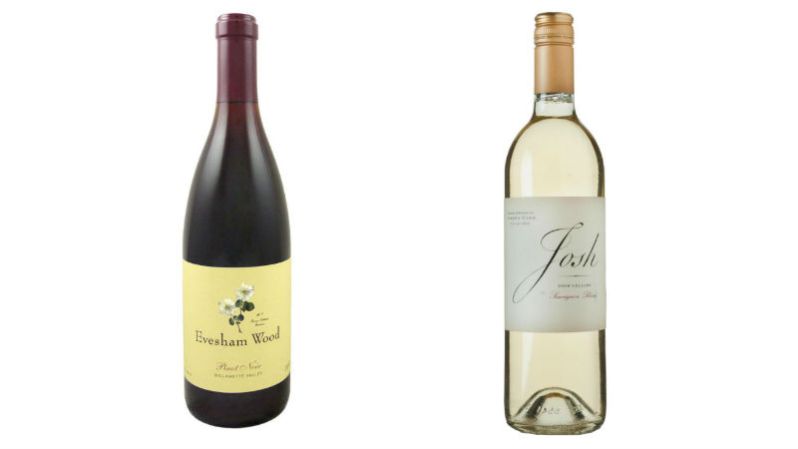At the end of a long day on the road — business or pleasure, it really doesn’t matter — the last thing you want to do after you’ve kicked off your shoes is put them back on to go downstairs for a nightcap. If you didn’t think to pack a bottle of something with you, then your last resort is to pick up the phone and call room service.
This is all well and good, but then you have to talk to people and you have to wait for the drink. Wouldn’t it be great if there was a way to get booze and not have to deal with any of that?
If you’re at the Confidante Miami Beach, there is. Plum wine machines were created by tech entrepreneur David Koretz, and allow guests to have a glass of wine by merely pressing a button, eliminating the need to talk to people and wait for your booze. Simply pick up your glass, push a button, and boom. It’s wine on demand.
The Plum Wine machine was inspired by hotel room espresso machines. In addition to pouring, the machine automatically chills the wine to the proper serving temperature for both red and white and displays tasting notes while it pours. The machine also ensures the wine won’t oxidize by using a Coravin-like needle to suck the wine out of the bottle.

Currently, guests can choose from two wines. On the red side, the Plum wine machine will pour Evesham Wood Pinot Noir; for whites, the machine dispenses Josh Sauvignon Blanc.
A two-ounce tasting pour will run you $4 for the Sauvignon Blanc and $5.25 for the Pinot Noir, while a six-ounce glass will cost $12 and $16. Each pour is automatically charged to the room.
The real treat comes when staying in the hotel’s Penthouse and Miranda suites through April 2018. Not only do you get wine at the touch of a button, but you get as much wine as you want at the touch of a button for free.
Think about it. You could literally sit there, drinking glass after glass, watching the Miami sunset from your window, drunk on Pinot Noir and the energy from the beaches below.
The Confidante Miami Beach is the first Plum location in South Florida (the company currently has deals with Four Seasons, Marriott, SBE Group, Langham, Hyatt, Hilton, and Rosewood, with machines in the Four Seasons Silicon Valley and Caesar’s Palace Las Vegas), though if this machine is as magical as it sounds, it probably won’t be the last.
Until then, we’ll use our Jim Beam whiskey decanter and patiently wait for the Plum whiskey machine to join the company’s ranks.



